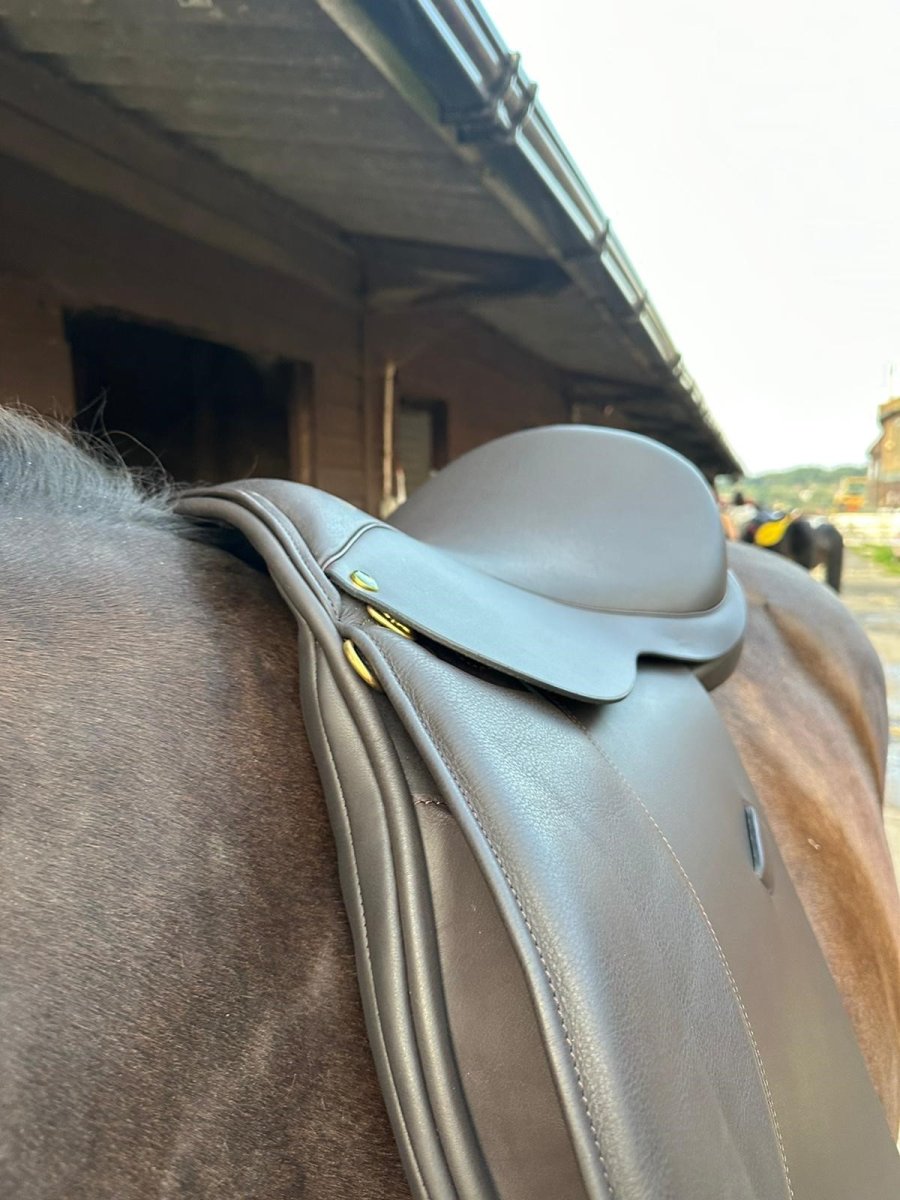 Insights into Saddle Fitting: 5 Effects of a Horse's Saddle Being Too Wide
Insights into Saddle Fitting: 5 Effects of a Horse's Saddle Being Too WideWe often hear people say that their saddle is tight and, therefore, they feel it needs widening. It may be surprising to hear that your saddle may also feel tight if it is too wide. In simple terms, if your saddle is too narrow, it will likely feel tight at the bottom of the tree points, and if it is too wide, it will feel tight at the top of the tree points or panels.
A well-fitted saddle is crucial for both the comfort and performance of a horse. When it comes to saddle fit, it's not just about finding the right size, but also ensuring that it suits the horse's unique shape and body. In this blog post, we will explore the effects of a horse's saddle being too wide and the potential consequences for both the horse and rider.
One of the most immediate effects of a saddle being too wide is the uneven distribution of weight on the horse's back. When a saddle doesn't fit properly, it may sit too low on the withers and shoulders, causing excessive pressure in these areas. As a result, the horse may experience discomfort, pain, and even long-term damage to its muscles and spine.
Soreness and Muscle Atrophy
The constant rubbing and pressure on incorrect points can cause muscle fatigue and atrophy over time. This can result in a decrease in the horse's overall performance and may even lead to behavioural issues, such as resistance and refusal to work.
Gait and Movement Issues
Horses with ill-fitting saddles may exhibit changes in their gait and movement. They may struggle to move freely and might develop an irregular or choppy stride. This can impact the horse's ability to perform specific discipline such as jumping and can hinder its overall athletic potential.
Discomfort and Behavioural Problems
A horse in pain is likely to become irritable and may display behavioural problems. These can range from resistance during rides to bucking, rearing, or refusing to move forward. A saddle that is too wide can cause discomfort, leading to a breakdown in communication between the horse and rider.
Prolonged use of an ill-fitting saddle can have severe consequences for the horse's long-term health. Over time, the pressure points created by the saddle's poor fit can lead to permanent damage to the horse's back and spine, and sometimes even stomach ulcers.
Impact on Rider Comfort
It's not just the horse that suffers when a saddle is too wide. The rider can also experience discomfort, particularly in the back and hips, and difficulty maintaining proper position and balance in the saddle.
In the world of equestrianism, the importance of a well-fitted saddle cannot be overstated. As stated above, a saddle that is too wide can have a cascade of detrimental effects on both the horse and the rider.
So, what can be done to mitigate these issues? The key is education and vigilance. Horse owners and riders should invest time in learning about saddle fit and regularly assess their horse's saddle for signs of poor fit. Consulting with a professional saddle fitter can make a world of difference and never be afraid to ask your fitter questions to better understand what to look out for.
By prioritizing saddle fit, we can promote the well-being of our horses and enhance the enjoyment and safety of our rides.